Disney’s Animal Kingdom Theme Park is the fourth of the theme parks to open at the Walt Disney World Resort. Opening on Earth Day, April 22, 1998, it is the second largest theme park in the world and the largest Disney theme park. Covering in excess of 500 acres, the Disney’s Animal Kingdom Theme Park is the first Disney park to be themed entirely around animal conservation. Disney’s Animal Kingdom Theme Park is accredited by the Association of Zoos and Aquariums and the World Association of Zoos and Aquariums because they have exceeded the standards in education, conservation, and research required by these world renowned organizations.
The park is represented by the iconic Tree of Life, a sculpted 145-foot-tall, 50-foot-wide, man-made Baobab Tree. The Tree of Life is a wonderful combination of sculpted artistry and the balance of nature in the circle of life. The trunk of the Tree of Life pays homage to nature and some of the earth’s creatures with approximately 325 meticulously carved animals. The original idea for the park’s icon was to create something similar to the geodesic design of Epcot’s ball, but it was ultimately decided upon to use an “oil rig” design for the base of the tree to withstand not only the weight of the tree itself but so the base could house a theater and the branches could be well supported. The canopy of the tree is made up of more than 103,000 translucent, artificial leaves that actually blow in the wind in order to create a real tree effect.
The park is divided into six themed areas for guests to enjoy: The Oasis Area, Discovery Island Area, DinoLand, U.S.A. Area, Asia Area, Rafiki’s Planet Watch Area and Africa Area. Each themed area offers a wide variety of entertainment for guests of all ages. Major construction is underway for a seventh themed area based on the film Avatar and set to open in 2017, raising a great deal of excitement at the Walt Disney World Resort.
Many people think of the Animal Kingdom as a “half day” park, but we here at Mad About the Mouse strongly disagree. The park is incredibly beautiful with all the exquisite landscaping and the attention detail that Disney is known for. We don’t recommend rushing from attraction to attraction in this park, rather taking your time as you wander through the lush vegetation to enjoy animal encounters, broadway-caliber shows, and lots of other discoveries that come to light around every corner. Pay attention to the vegetation for you many never know what will appear right before your eyes.
Welcome to a kingdom of animals… real, ancient and imagined: a kingdom ruled by lions, dinosaurs and dragons; a kingdom of balance, harmony and survival; a kingdom we enter to share in the wonder, gaze at the beauty, thrill at the drama, and learn.
The Oasis Area– Not only is The Oasis area the park’s main entrance, but it is also home to an abundance of wild life with featured animal habitats. Enjoy the lush fauna and flora and creatures abound as the paths lead you to Discovery Island. The Rainforest Cafe is also located in The Oasis Area with two entrances – one inside the park and the other at the Main Entrance.
Discovery Island Area – Discovery Island Area is the central hub of Disney’s Animal Kingdom Theme Park that connects other lands of the park, with the exception of Rafiki’s Planet Watch Area. As you emerge from the dense landscaping of The Oasis Area, before you is the Tree of Life, the park’s man-made, sculpted Baobab Tree. Discovery Island Area is home to two of the largest shops and two of its major restaurants. Each of the shops in the Discovery Island Area are themed to different animals.
Africa Land – The largest part of the Animal Kingdom park, enter the fictional African village called Harambe, which was inspired by and East African coastal town. Africa Land is home to the 20 minute, open-air ride through the African plains, Kilimanjaro Safari, the animal exhibits, Pangani Forest Exploration Trail and the popular character dining spot, Tusker House.
DinoLand, U.S.A. Area– Do you want to step back in time 65 million years when pre-historic dinosaurs roamed the Earth? Head to the right from Discovery Island Area and find yourself standing under a 50 ft. Brontosaurus. Dig for fossils, trek through the Cretaceous trail or ride Primeval Whirl. This land is mostly geared towards the younger crowd, but there is plenty that is entertaining for adults as well.
Asia Land– Enter the Kingdom of Anandapur, which means “place of all delight.” Looming in the distance behind Anandapur is the Forbidden Mountain, the home of Expedition Everest – Legend of Forbidden Mountain Attraction and the legendary Yeti. The Maharajah Jungle Trek offers temples, Maharajah’s palace and disintegrating ruins as a background to the wonderful animal exhibits.
Rafiki’s Planet Watch Area – Climb about the Wildlife Express Train for a short trip to the research and education center of Disney’s Animal Kingdom Theme Park. Get a behind-the-scenes glimpse of the animal care facilities and a veterinarian exam room complete with a two-way communication system to ask the vets questions. Affection Section, the petting zoo features goats, sheep, rabbits and other domesticated animals for some hands-on experiences.
Disney’s Animal Kingdom Special Tours
Backstage Safari – A 3-hr behind-the-scenes tour on how the Animal Kingdom cares for its animals. Visit the Animal Nutrition Center, explore the backstage animal housing area and tour a state-of-the-art veterinary hospital. Learn how Disney promotes global wildlife conservation and the well-being of the parks inhabitants.
Wild Africa Trek – Roam free with the wild animals on a 3-hr safari at the park. Guests get the perfect opportunity to explore the Safi River Valley and discover animals of nearly every variety in an uninhibited, natural environment – up close and personal. Your knowledgeable guide will share little-known insights on the majestic animals on display.
Wild By Design – A 3-hr walking tour that offers guests a behind the scenes look at how Disney transformed 500-acres of Florida wetlands into the largest animal themed park in the world. Visit Asia Land and Africa Land on the front line to see how much detail and planning went into its development and what it takes to maintain it.

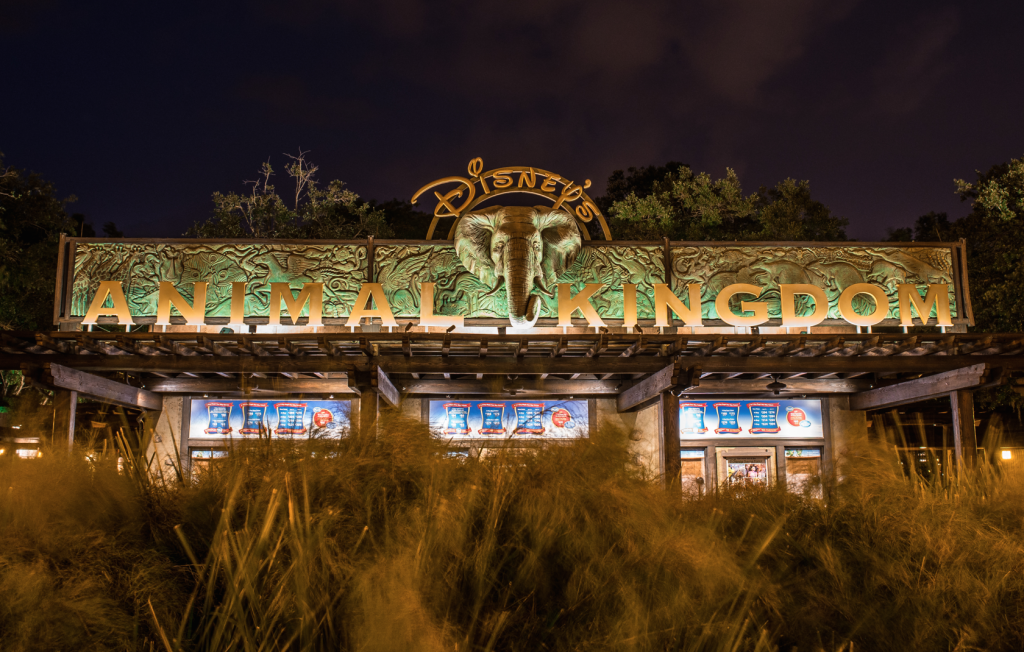
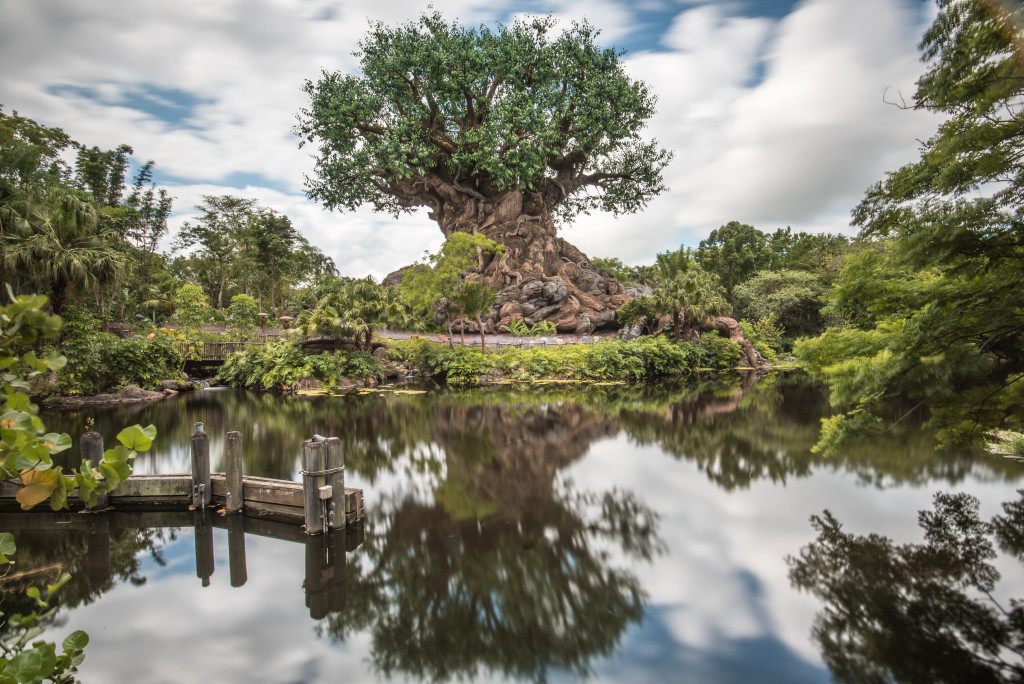
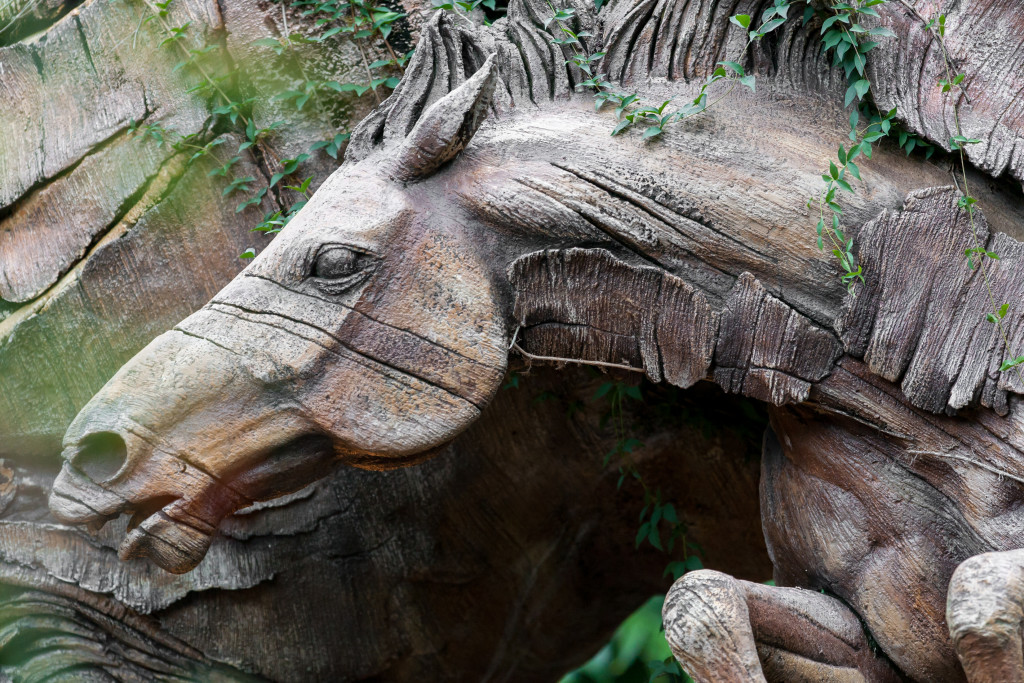

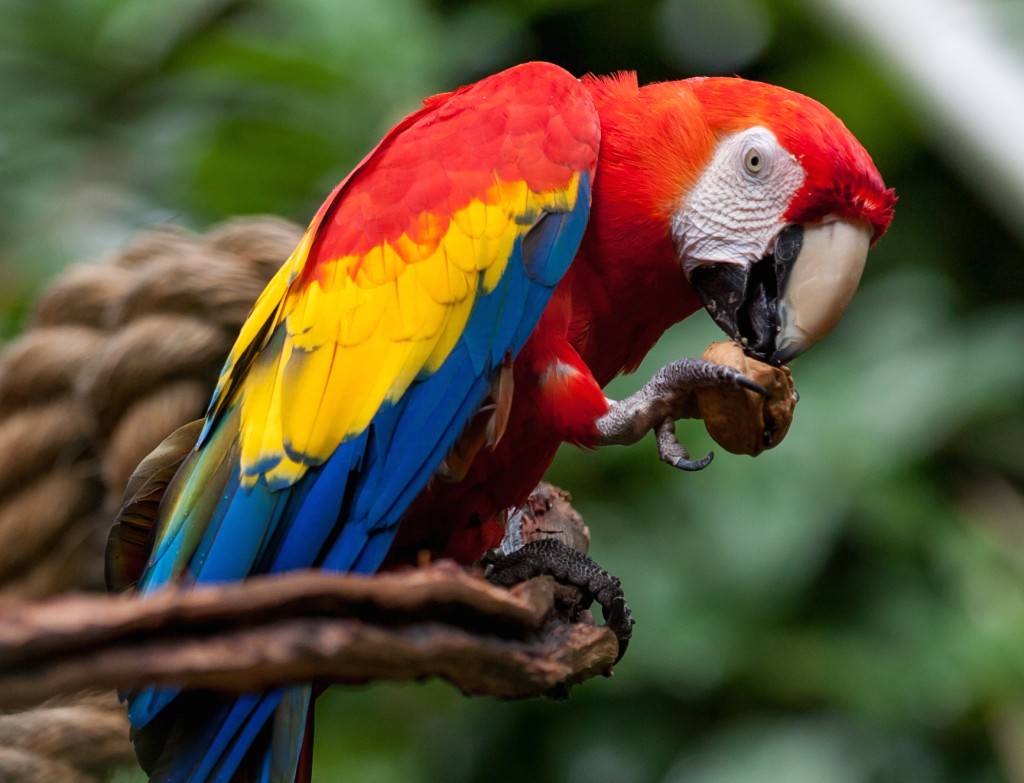
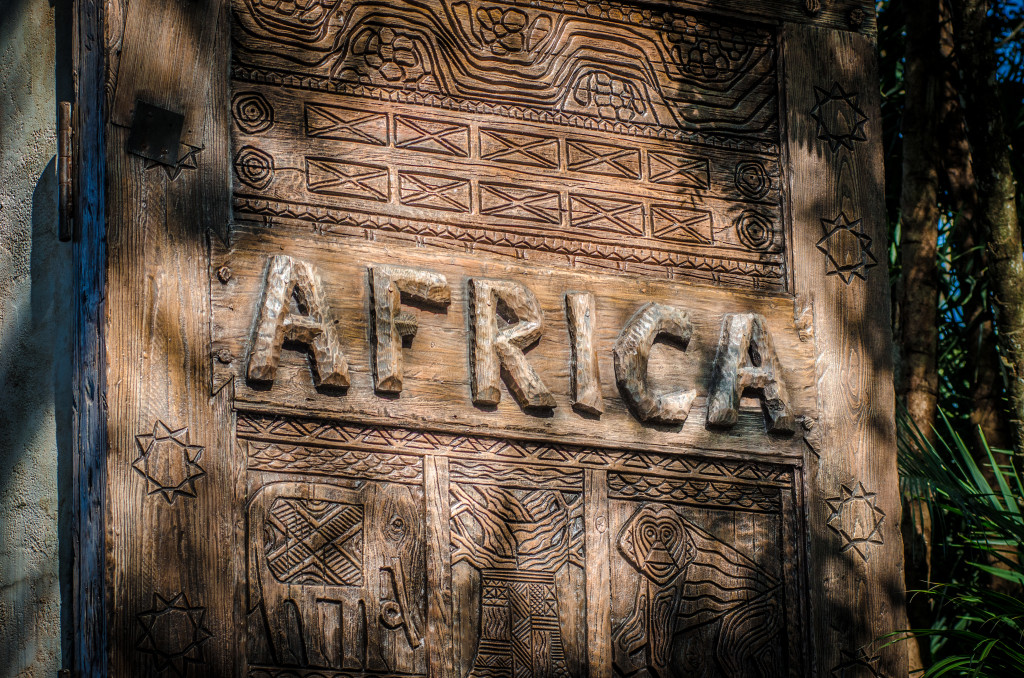
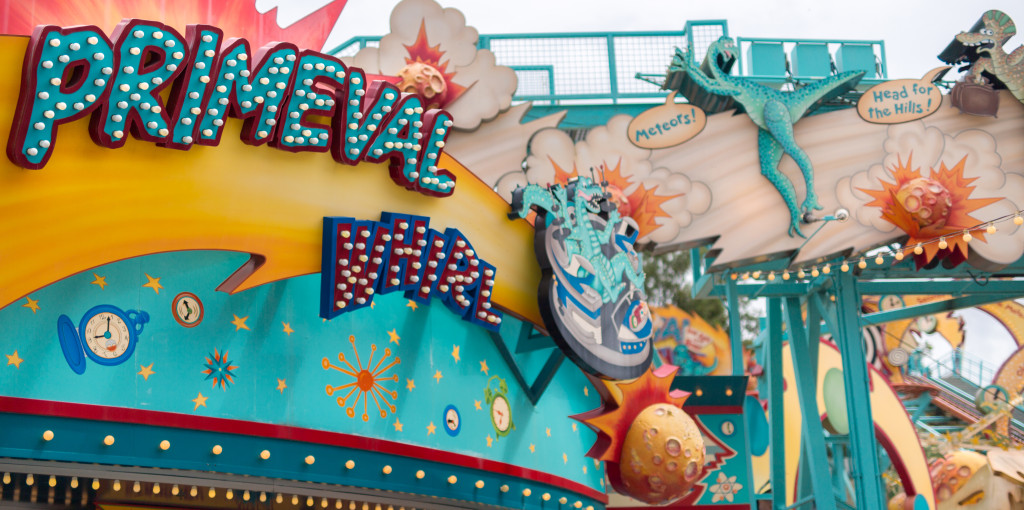
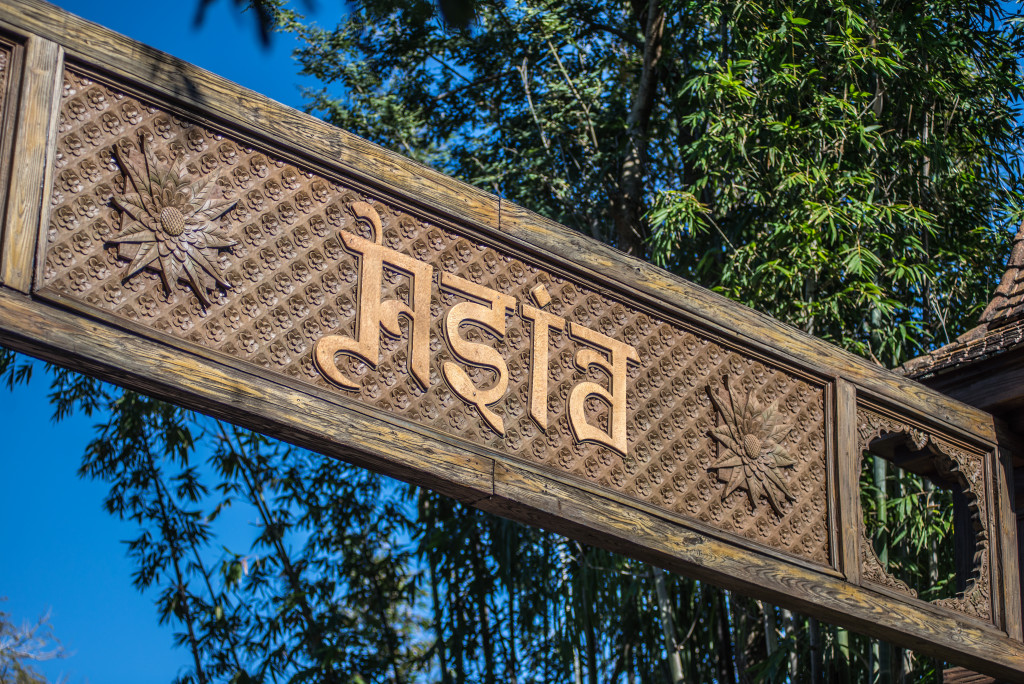
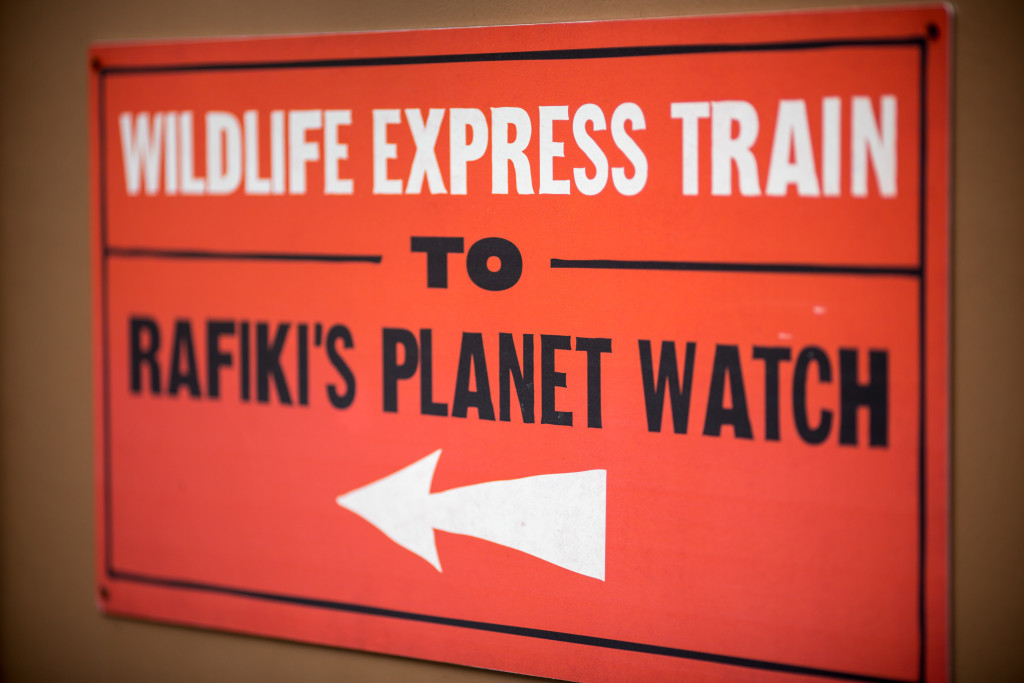
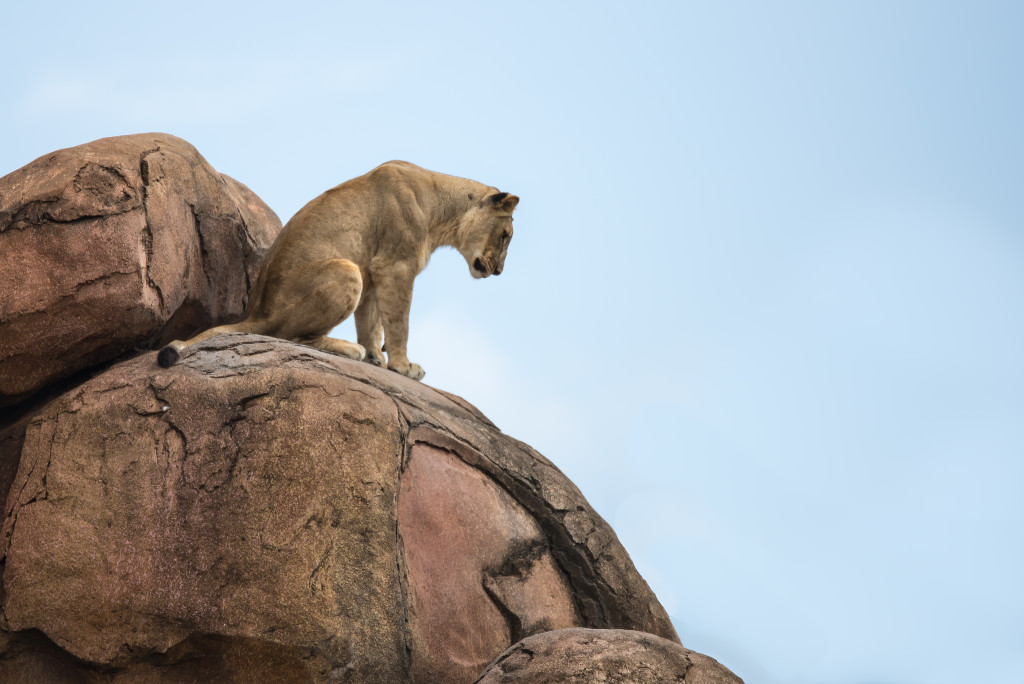
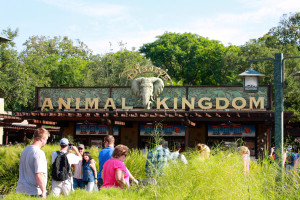
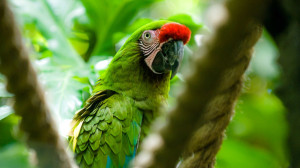
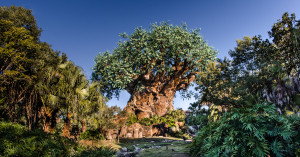
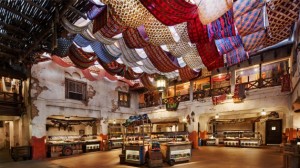
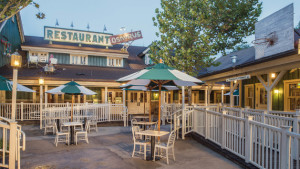
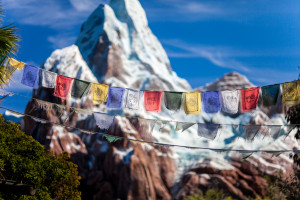





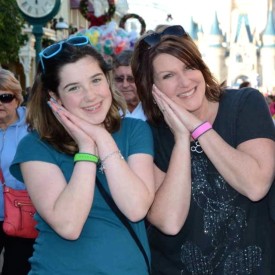
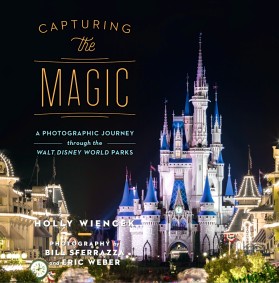

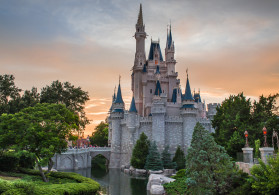
Recent Comments